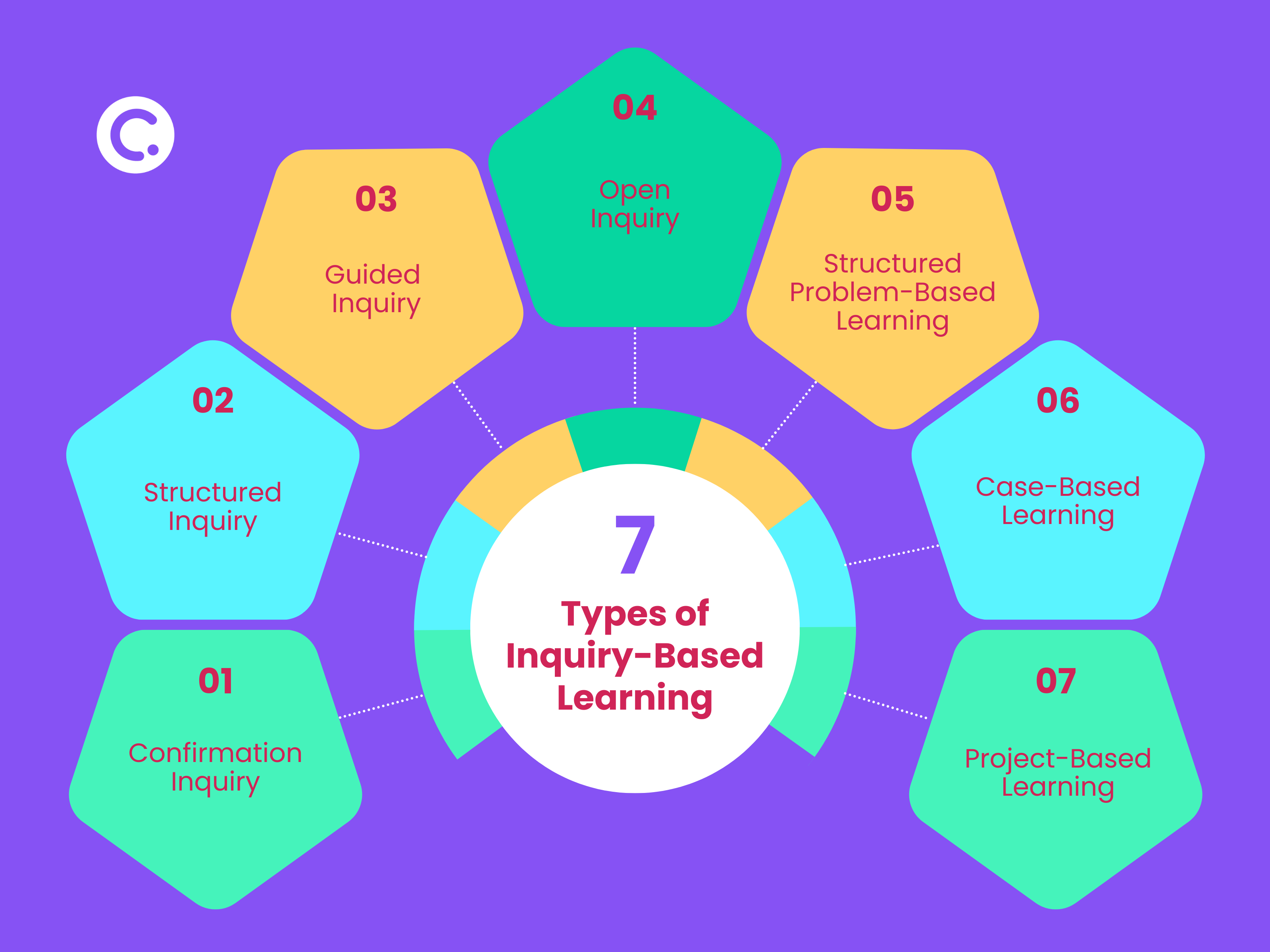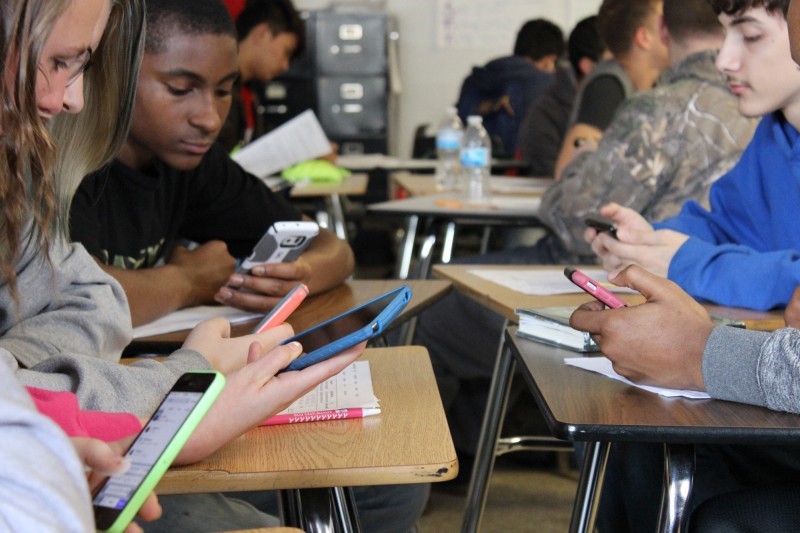
This is one of the hotly debated and contentious topics present in education as of late. Thus, this was in turn one of the reasons I was most excited for this class as a whole. After spending A semester observing different teachers’ classrooms and how they either promote or dissuade students from using AI, I want to talk about one way we should look at it’s place in education and how we should go about working with, not around it.
Students are going to continue to use AI in many many ways, this is not going to be stopped. The question remains then, is how do we go about educating students in using it correctly, and not harming their own education in the process.
To go about this, one stance we could take is showing them the positives of using it. The ability to create worksheets and review guides for themselves and present new concepts and ideas for various projects they have is incredibly useful. Even for the simple purpose of overcoming writer’s block and coming up with a new idea that they can, in their own thinking, extrapolate out from is very powerful and beneficial. However, at the same time, we should caution them against using it to plagiarize, not only for the sake of getting caught cheating, but their own education moving forward.
To sum this all up however, I believe that the best way we should treat these technologies in the classroom and the way they should be handled around students is not one of restriction or ignorance through lack of teaching. It is instead we should attempt to educate them into using it properly, and for their own benefit.
Image taken from: https://apuedge.com/artificial-intelligence-in-education-where-are-the-laws/





